by
Michael Jay KatzMichael Jay Katz
From Research to Manuscript, written in simple, straightforward language, explains how to understand and summarize a research project. It is a writing guide that goes beyond grammar and bibliographic formats by demonstrating in detail how to compose the sections of a scientific paper. This book takes you from the data on your desk and leads you through the drafts and rewrites that are needed to build a thorough, clear science article. At each step, the book describes not only what to do but also why and how. It discusses why each section of a science paper requires its particular form of information, and it shows how to put your data and your arguments into the specific form. Importantly, this writing manual recognizes that experiments in different disciplines need different presentations, and the book is illustrated with examples from well-written papers on a wide variety of scientific subjects.
$(document).on(‘googleAdsenseAdsLoaded’, function(){
var csaBodyClass = ‘pdpPage’ || document.getElementsByTagName(“BODY”)[0].className,
csaBreadcrumb = csaAdQuery = ”,
csaProductName = ‘From Research to Manuscript: A Guide to Scientific Writing / Edition 2’ || ‘From Research to Manuscript: A Guide to Scientific Writing / Edition 2’,
clientId = ‘partner-barnesandnoble_js’,
adWidth = ‘189px’;
if(csaBodyClass == ‘landingPage’) {
// If breadcrumb not in digitalData, then get from url
if(typeof s_setP != ‘undefined’) {
// Get breadcrumb from pageName property since it is the
// string format of breadcrumb, which is in an array
csaBreadcrumb = digitalData.page.pageInfo.pageName.replace(‘b’,”).trim();
} else {
var csaUrl = window.location.href,
slashBIndex = csaUrl.indexOf(‘/b/’)
underscoreIndex = csaUrl.indexOf(‘/_’);
csaBreadcrumb = csaUrl.slice(slashBIndex, underscoreIndex).replace(‘/b/’,”).trim();
}
}
// Double check the bodyClass from header-javascript variable
if(csaBodyClass.indexOf(‘searchResultsPage’) >= 0 || csaBodyClass == ‘landingPage searchResultsPage’) {
csaBodyClass = ‘searchResultsPage’;
}
switch (csaBodyClass) {
case ‘landingPage’:
var csaAdQuery = csaBreadcrumb;
break;
case ‘searchResultsPage’:
var csaAdQuery = ”;
break;
case ‘pdpPage’:
var csaAdQuery = csaProductName,
clientId = ‘partner-barnesandnoble-pdp’,
adWidth = ‘300px’;
break;
default:
break;
}
// Call google ads
if(csaAdQuery) {
var csaPageOptions = {
‘pubId’: clientId,
‘query’: csaAdQuery,
‘hl’: ‘en’,
‘adPage’: 1
};
var adblock1 = {
‘container’: ‘adcontainer1’,
‘width’: adWidth
};
_googCsa(‘ads’, csaPageOptions, adblock1);
setTimeout(function(){
if($(‘#adcontainer1 iframe’).length > 0) {
$(‘#adcontainer1 iframe’).attr(‘title’, ‘Advertising’);
}
}, 5000);
}
})
Product Details
- ISBN-13:
- 9781402094668
- Publisher:
- Springer Netherlands
- Publication date:
- 01/22/2009
- Edition description:
- 2nd ed. 2009
- Pages:
- 210
- Product dimensions:
- 6.10(w) x 9.20(h) x 0.50(d)
Table of Contents
Acknowledgements. Introduction. Scientific Papers Used as Examples; Part I: Tools and Techniques. 1 The Standards of a Scientific Paper. A- A Stereotyped Format. B- Precise Language. C- A Single, Clear Direction. D- Reviewed and Made Available to Others. 2 Scientific Words, Sentences, and Paragraphs. A-Scientific Text Needs Exactness and Clarity. B- The Paragraph is the Unit of Exposition. 3 Writing Scientific Text. A- Begin to Write While You Experiment. B- Start Broadly, Work on the Details Later. C- A Magnified View of the Writing Process. D- Advice to Speakers of Other Languages. 4 Presenting Numerical Data. A- Tables. B- Statistics. 5 Constructing Scientific Figures. A- Basic Guidelines. B- Figure Legends. C- Numerical Figures. D- Preparation for Submission to a Journal. E- Scientific Patterns should be Reproducible; Part II: Writing a Research Paper. 1 Writing During Research. A. Keep a Computerized Notebook B. Begin a Draft Early Chapter 2 Composing the Sections of a Research Paper; A. Materials and Methods; B. Appendix; C. Results; D. Discussion; E. Conclusion; F. Limitations of this Study; G. Introduction; H. Abstract; I. Key Words and List of Nonstandard Abbreviations; J. Title; K. Footnotes; L. Acknowledgements; M. References; Part III: Preparing a Manuscript for Submission; Chapter 1. Choosing a Journal, A. Make a List of Candidate Journals, B. Style Rules; Chapter 2 A Final Rewrite, A. Get a Friendly Critique , B. Read the Paper Backwards, C. Recheck the Spelling; Chapter 3 Preparing and Submitting the Manuscript, A. Print and Page Format, B. The Manuscript Packet, C. The Introductory Letter; Chapter 4 Responding to Editors and Referees; Appendix A Words That Are Often Misused; Appendix B Simplifying Wordy, Redundant, And Awkward Phrases; Appendix C Standard Scientific Abbreviations, Appendix D Typical Bibliographic Formats, Appendix E Additional Reading, Appendix F Software Suggestions; Index.
Product Details
| ISBN-13: | 9781402094668 | |
| Publisher: | Springer Netherlands | |
| Publication date: | 01/22/2009 | |
| Edition description: | 2nd ed. 2009 | |
| Pages: | 210 | |
| Product dimensions: | 6.10(w) x 9.20(h) x 0.50(d) |

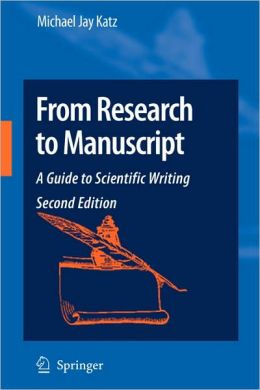
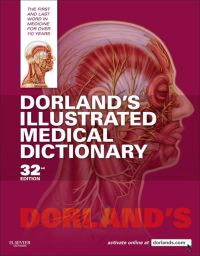
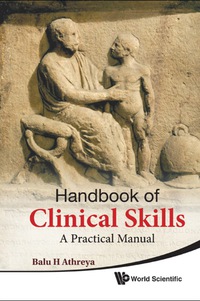


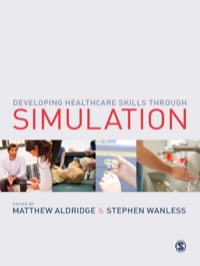
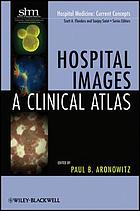
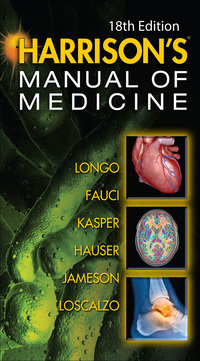
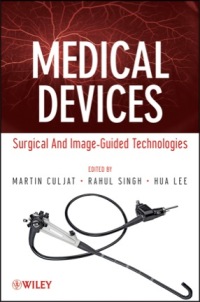
Reviews
There are no reviews yet.